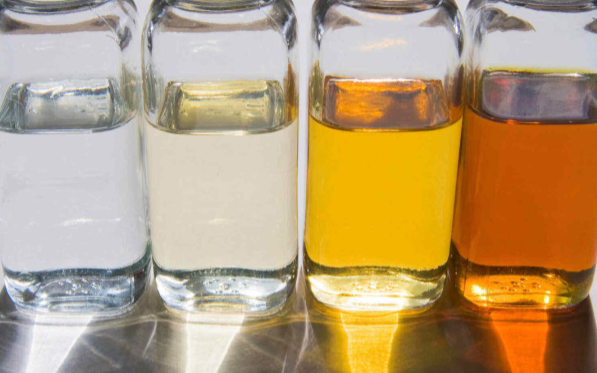
The Foundation of Lubricants
Base oil is the primary component of lubricants. It forms the base structure of the oil and determines its fundamental properties, such as viscosity, oxidation resistance, and volatility.
Types of Base Oils
Base oils are categorized into five groups based on their refining process and properties, as defined by the American Petroleum Institute (API).
Group I Base Oils (SN 150,SN 300,SN 500,SN 650)
- Derived from crude oil through solvent refining.
- Contain relatively high levels of impurities like sulfur and aromatics.
- Lower viscosity index compared to other groups.
- Generally less expensive but offer lower performance compared to higher groups.
- Primarily used in industrial and marine lubricants.
Group II Base Oils (BS 150, 2,5 CST, N60,N70,N80,N100,N150,N200,N220,N300,400,N500,N600)
- Produced through hydrocracking, a more refined process than Group I.
- Lower sulfur and aromatic content compared to Group I.
- Higher viscosity index than Group I.
- Offer improved oxidation stability and performance.
- Commonly used in engine oils and industrial lubricants.
Group III Base Oils( 2,3,4,6,8 CST)
- Deeply hydroprocessed base oils with very low levels of impurities.
- Similar properties to synthetic base oils in terms of performance.
- High viscosity index and excellent oxidation stability.
- Widely used in high-performance engine oils and other demanding applications.
Group IV Base Oils (polyalphaolefin (PAO) )
- Synthetic base oils produced from polyalphaolefins (PAOs).
- Consistent molecular structure, providing excellent stability and viscosity control.
- High viscosity index and outstanding oxidation resistance.
- Used in premium synthetic lubricants for extreme conditions.
Group V Base Oils
- A catch-all category for all other base oils not included in Groups I to IV.
- Includes synthetic esters, polyalkylene glycols (PAGs), BIOLUBES, SILICON PHOSPHATE ESTER and other synthetic fluids.
- Offer specific properties tailored to different applications.
- Used in specialized lubricants for aerospace, automotive, and industrial applications.
Factors Affecting Base Oil Performance
- Viscosity: Determines the oil’s resistance to flow.
- Viscosity Index (VI): Measures the change in viscosity with temperature.
- Pour Point: The lowest temperature at which the oil will flow.
- Oxidation Stability: Resistance to breakdown by oxygen.
- Shear Stability: Ability to resist changes in viscosity under shear stress.


